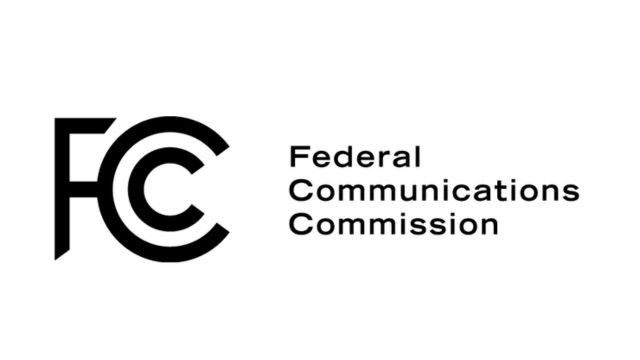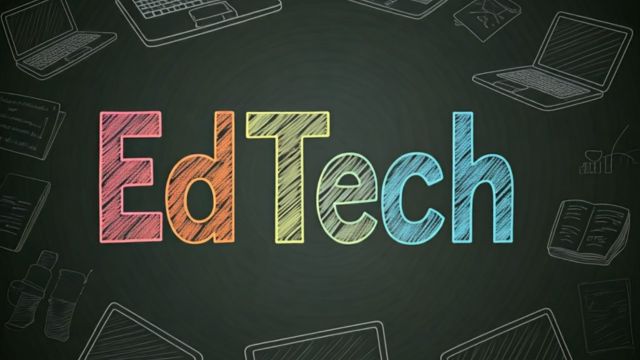Encouragement of digital connectivity across the United States depends much on the Federal Communications Commission (FCC). The requirement of strong and easily available digital communication has become more pressing than ever given the fast development of digital technology and the increasing reliance on online platforms for job, education, and basic services.
The FCC responded by creating many initiatives meant to increase internet access, close the digital divide, and guarantee that every American—from all walks of life—may remain connected. Here are some of the main FCC initiatives for digital connection and their impact on American communication.
1. Lifeline Program: Affordable Communication for Low-Income Households
the Lifeline program is a crucial effort offering low-income homes affordable phone and internet services. Originally starting in 1985, the initiative sought to offer underprivileged areas phone services. But when the internet grew, the program was extended to incorporate broadband offerings.
- Eligibility: Households participating in federal assistance programs like SNAP, Medicaid, or Supplemental Security Income (SSI) can qualify for Lifeline.
- Benefits: Eligible households can receive a monthly discount of up to $9.25 for internet or phone services. Those residing on tribal lands can receive additional support of up to $34.25.
- Impact: By making communication services more affordable, the Lifeline program helps bridge the digital gap and ensures that vulnerable populations can access essential services, educational resources, and employment opportunities.
2. Emergency Connectivity Fund (ECF): Supporting Remote Learning
the COVID-19 epidemic revealed notable disparities in digital connectivity. The FCC responded by launching the $7.17 billion Emergency Connectivity Fund (ECF), meant to give schools and libraries money to help with off-campus studying.
- Objective: The ECF seeks to provide students and teachers with internet access and devices such as laptops, tablets, and Wi-Fi hotspots to facilitate remote learning.
- Funding Allocation: Funds are distributed to eligible schools and libraries, which can then provide devices and internet access to students in need.
- Long-Term Benefits: While initially intended as a pandemic relief measure, the ECF has proven crucial in establishing long-term digital infrastructure for educational institutions, ensuring that no student is left behind in the digital age.
3. Rural Digital Opportunity Fund (RDOF): Expanding Broadband Access in Rural Areas
Despite significant progress in digital connectivity, rural America continues to lag behind urban areas in terms of broadband access. The Rural Digital Opportunity Fund (RDOF) is a comprehensive program designed to close this gap by investing $20.4 billion over ten years to expand high-speed broadband in unserved and underserved rural areas.
- Phase I: Focused on bringing broadband to areas without any internet service.
- Phase II: Targets areas with substandard internet speeds, aiming to provide high-speed access to residents and businesses.
- Impact: By deploying broadband infrastructure in rural communities, RDOF fosters economic development, improves access to healthcare through telemedicine, and promotes educational equity.
4. Affordable Connectivity Program (ACP): Ensuring Digital Access for All

Launched as a successor to the Emergency Broadband Benefit (EBB), the Affordable Connectivity Program (ACP) is a long-term initiative that provides eligible households with monthly discounts on broadband services.
- Monthly Benefits: Qualified households can receive a discount of up to $30 per month for broadband services. Households on tribal lands can receive up to $75 per month.
- Device Discount: The ACP also offers a one-time discount of up to $100 for the purchase of a laptop, tablet, or desktop computer.
- Eligibility Criteria: Households participating in SNAP, Medicaid, or the Lifeline program automatically qualify, as well as those with incomes at or below 200% of the federal poverty guidelines.
5. Connect America Fund (CAF): Connecting Remote and High-Cost Areas
The Connect America Fund (CAF) is another significant FCC initiative aimed at expanding broadband services in high-cost, remote, and underserved areas. The program allocates funds to service providers to deploy and maintain broadband infrastructure in these regions.
- Objective: Bring broadband to areas that are economically unviable for private providers to serve without federal support.
- CAF Phase II: Focused on providing high-speed internet to millions of rural Americans, promoting economic opportunities and digital inclusion.
- Legacy: The CAF program has paved the way for newer initiatives like the RDOF, demonstrating the FCC’s ongoing commitment to expanding digital access nationwide.
Conclusion
The FCC’s digital connectivity initiatives go beyond simply granting internet access; they also aim to promote digital equity and guarantee that every American, from anywhere or socioeconomic level, may access necessary services, engage in the digital economy, and remain globally linked. From metropolitan centers to rural areas, these projects seek to close the digital gap and empower people with dependable and reasonably priced communication tools.
The FCC stays front and first as the digital terrain changes, adding fresh rules, modifying current initiatives, and investigating creative ideas to meet growing connection issues. By means of continuous investments and focused programs, the FCC is laying a strong basis for a more technologically inclusive America.
Stay Informed, Stay Connected! Explore the latest government schemes, digital initiatives, and global welfare programs at Digital India MIB. Empower yourself with accurate, up-to-date information and make the most of opportunities designed to uplift communities. Visit now and stay ahead!
















